How the futurists of the 20th century imagined the cars of the future
Categories: Design and Architecture | Technology | World
By Pictolic https://pictolic.com/article/how-the-futurists-of-the-20th-century-imagined-the-cars-of-the-future.htmlPeople have always been interested in what the future will look like and how modern technologies will develop. This was especially true in the last century, when futurist artists painted their endless techno-utopias. Graphic designers from Budget Direct decided to remake seven projects of concept cars of the twentieth century, imagining how they would look in the modern world.
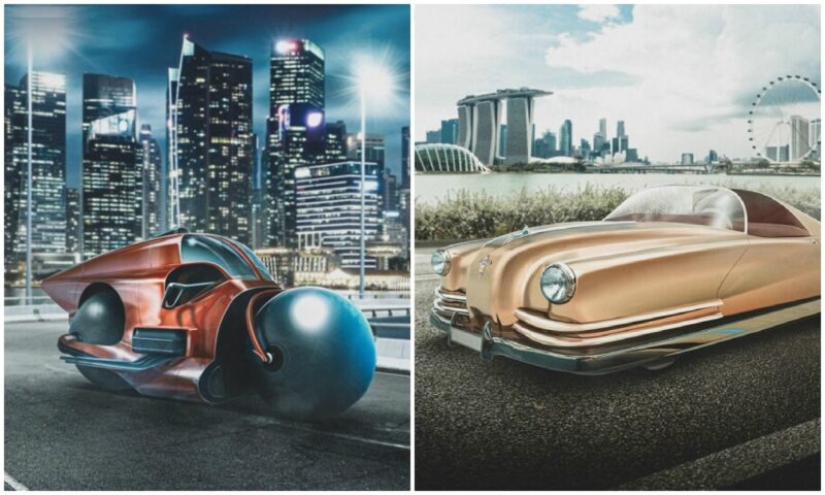

On the June cover of the American magazine Modern Mechanics and Inventions for 1936, two revolutionary technologies were presented: television and a "Super-cycle" capable of reaching speeds of up to 480 km per hour on its spherical wheels. At the same time, the driver is completely safe in the aerodynamic cabin.
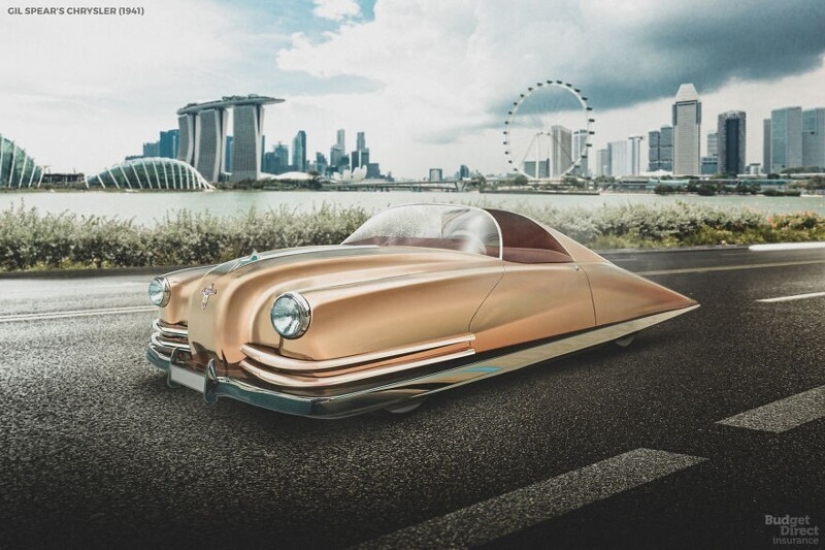
This Chrysler was invented by Gil Spear— a well-known expert in the field of automotive design. He was involved in the design of the Plymouth 1939, the New Yorker 1939, and the Saratoga 1940. This 1941 model was never released — after that, only the Chrysler Royal appeared in 1942.
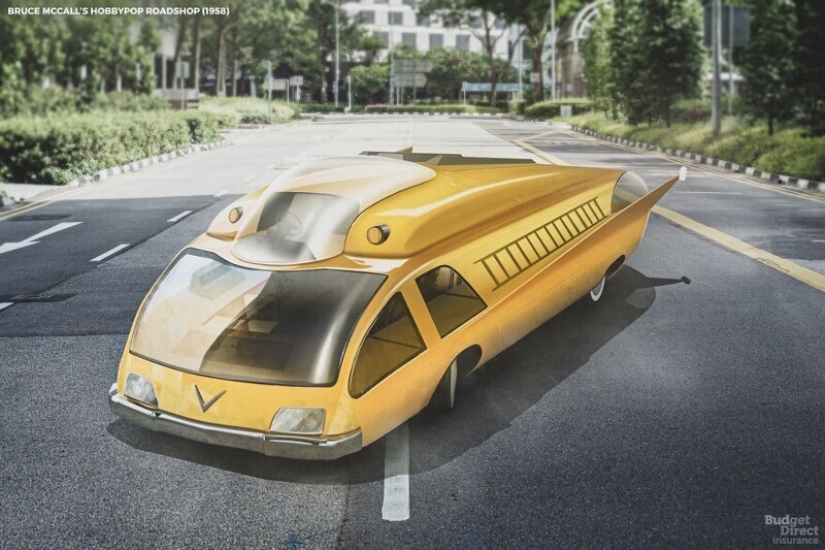
The project of an unusual HobbyPop RoadShop car is the creation of Bruce McCall. Initially, it was conceived as a large family car, but still, no one decided to put this creative idea into practice.
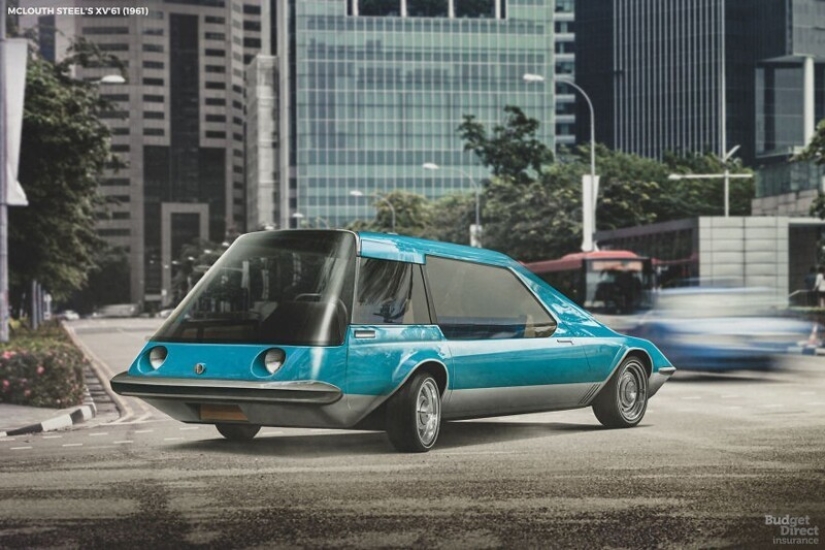
McLouth XV'61 was invented by Sid Mead, an American artist, designer and futurist, known as the author of concept art for sci-fi films such as Blade Runner, Aliens and Tron.

He first appeared in the magazine "Extraordinary", where he was drawn by the artist Walter Molineau.
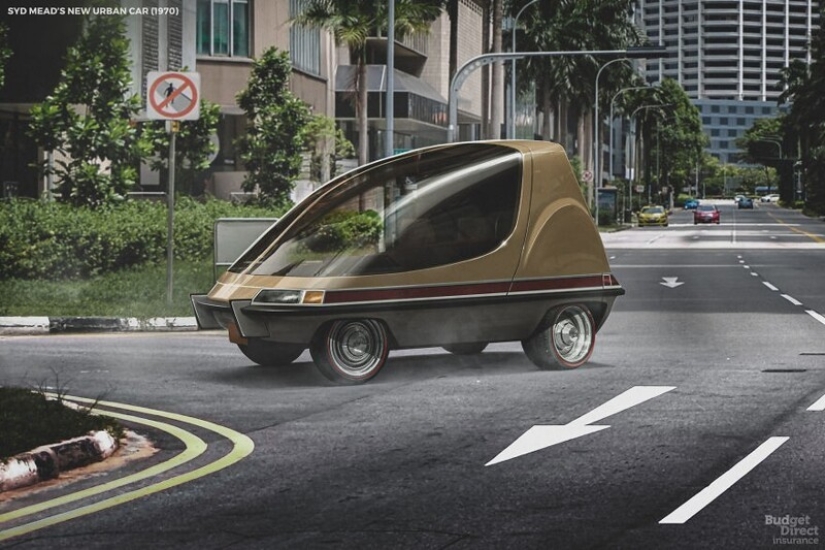
The "New City Car" was introduced by Ken W. Purdy in a 1970 Playboy article. The two-seater miracle with a gas turbine and a folding roof was appreciated by many readers.
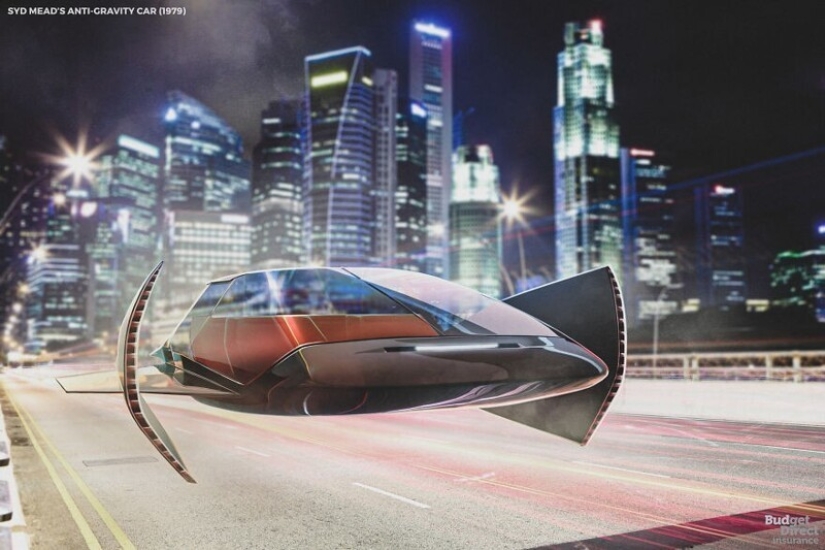
"Anti-gravity Car" is another creation of the famous illustrator Sid Mead, which appeared in Car Magazine in 1979. This miracle of technology does not fly, but hovers above the ground — therefore, like an ordinary car, it needs roads to move.
Keywords: XX century | Cars | Designers | Futurism
Post News ArticleRecent articles

The frame below, where the boy takes pictures during military operations, is not staged at all. The picture was taken on February ...

Each of us is faced with a situation when we receive a call from an unknown subscriber on our mobile phone. In such a situation, ...
Related articles

For centuries, hats have played an important role in men's wardrobe, performing utilitarian, decorative and even symbolic ...

German photographer Thomas Strigelsky created a series of photographs depicting abandoned cars in the Hawaiian jungle. The project ...

Once the United States could boast of the most developed railway transport system in the world, but after the Second World War, the ...

Friends and acquaintances of Natalie Fletcher know firsthand what it is to completely merge with nature. The fact is that Natalie ...